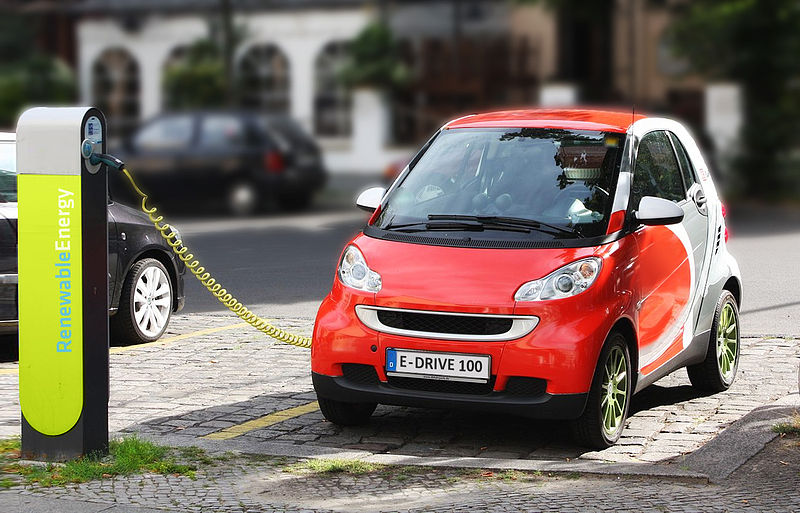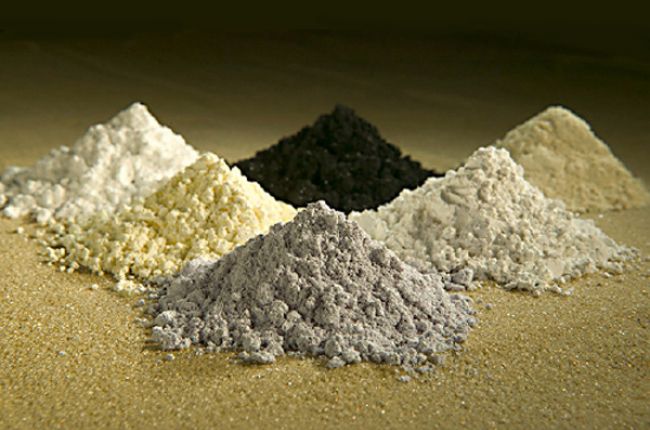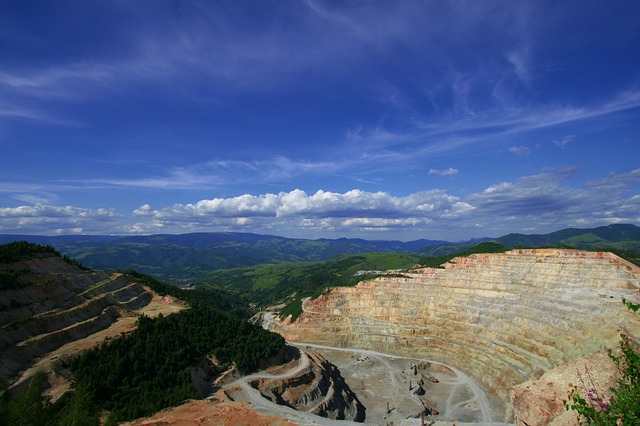 I bet your grandparents never imagined they would see the day when they could plug in a car like a lamp. No more smelly gasoline! No more exhaust polluting the atmosphere!
I bet your grandparents never imagined they would see the day when they could plug in a car like a lamp. No more smelly gasoline! No more exhaust polluting the atmosphere!
Electric cars are increasing in popularity with many traditional car companies introducing all-electric models.
However, electric cars use 1-2 kg of magnets to power them - and each of these magnets uses special materials. It turns out that getting the required supplies is harder than you think.
Let's find out why.
What Are Rare Earth Metals?
Rare earth metals (also called Rare Earth Elements, or REE) have strong magnetic properties that make them ideal for powering many of the devices we use today, such as smartphones, computers, and electric car batteries.
 REEs aren’t really rare, at least not in the way you might think. Even the rarest of the REEs is 125 times more common than gold! REEs are “rare” because they are mostly found only in small quantities. Generally, they are found in a rare, igneous rock called carbonate, which contains 17 minerals - which must all be separated. The process is hard and dirty and can be very expensive.
REEs aren’t really rare, at least not in the way you might think. Even the rarest of the REEs is 125 times more common than gold! REEs are “rare” because they are mostly found only in small quantities. Generally, they are found in a rare, igneous rock called carbonate, which contains 17 minerals - which must all be separated. The process is hard and dirty and can be very expensive.
Keep in mind, however, that producing and processing are different steps. Producing is the act of mining metals; processing is the act of separating the minerals. Many countries mine carbonate - including the United States, Australia, Brazil, and Canada. China alone produces 63 percent of REEs today, which is down from a high of 90 percent!
However, China now controls 85 percent of REE processing. That is because the producing countries send their REEs to China for processing. For example, the U.S mines 38,000 tons of the world's rare earths that are processed in China.
Rare Earths In Electric Cars
One way to address the climate crisis, we are told, is to electrify transport. This will remove our dependence on fossil fuels like gasoline that pollute the atmosphere and trap greenhouse gases that make our planet warmer.
 Currently, EVs make up 2 percent of the global car market. The Biden Administration’s goal is to have at least half of all vehicles sold in the U.S. run completely on electricity by 2035. The U.S. and the E.U. plan to stop making gas-powered cars within the next 20 years.
Currently, EVs make up 2 percent of the global car market. The Biden Administration’s goal is to have at least half of all vehicles sold in the U.S. run completely on electricity by 2035. The U.S. and the E.U. plan to stop making gas-powered cars within the next 20 years.
This switch will increase the demand for REEs which is prompting car companies to work directly with the mines to save costs.
To prevent any one country from exerting too much control over the REE market, the U.S. aims to reduce its dependence on China for materials. Congress has set aside $3 billion to support mining and processing in the U.S., and many companies are racing to secure the available funding.
Many people still have concerns about the environmental effects of increased mining. Though several companies are working to go green, mining is known to have a sketchy history with known dangers such as pollution, the use of child labor, and the risk of deadly accidents. The mining of these metals is even known to produce radioactive wastewater!
A new chapter in climate history is possible if mining can be done safely. In fewer than a hundred years, most cars on the road will be hybrid or electric. Gas-guzzling cars, harmful to the environment, will be a thing of the past.
Sources: NPR, Forbes, The Verge, The Conversation, Euronews, QZ







